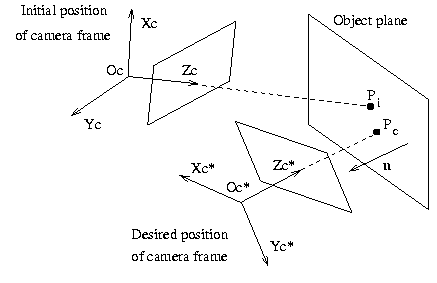
|
|---|
| Expected result of the task |
The aim of this robotic task is to control an eye-in-hand system in order to position the projection plane of a camera (or image plane) parallel to an observed plane (or object plane). This plane is unmarked, which means that no geometric visual features, such as points or straight lines, can be easily extracted. Furthermore, a second task is joined to the first one so that the same point is always observed at the image center, to ensure the scene stays viewable.
These two joined tasks are achieved as following:
The task is sum up on the following figure where Pi and Pc represents the initial and desired 3D point of the object projected at the image center. The fixation task control the system in order to have Pi = Pc.

|
|---|
| Expected result of the task |
The results presented underneath have been obtained on our 6 d.o.f. Cartesian robot. A typical initial scene used is first displayed, then are successively presented:
(Click on results curves to see them bigger)
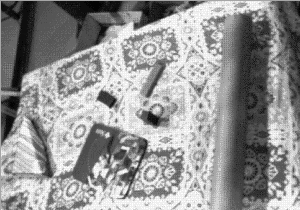
|
|---|
| Initial scene |
 |
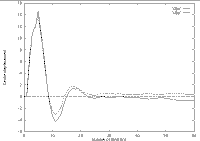
|
|---|---|
| Regulated quadratic parameters | Estimated displacement of initial center |
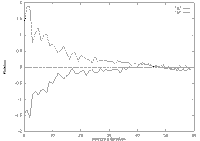 |
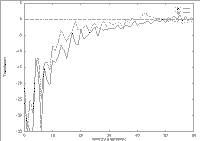
|
| Controlled rotational speeds | Controlled translational speeds |
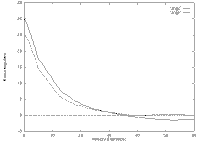 |
|---|
| Angular errors |
This work is included in project VIDAC (Dynamic Active VIsion and Communication), itself part of the XIth plan contract Brittany Council - French State driven in collaboration with TIPA team at Cemagref(in French only) and TEMICS at IRISA.
|
| Lagadic
| Map
| Team
| Publications
| Demonstrations
|
Irisa - Inria - Copyright 2009 © Lagadic Project |